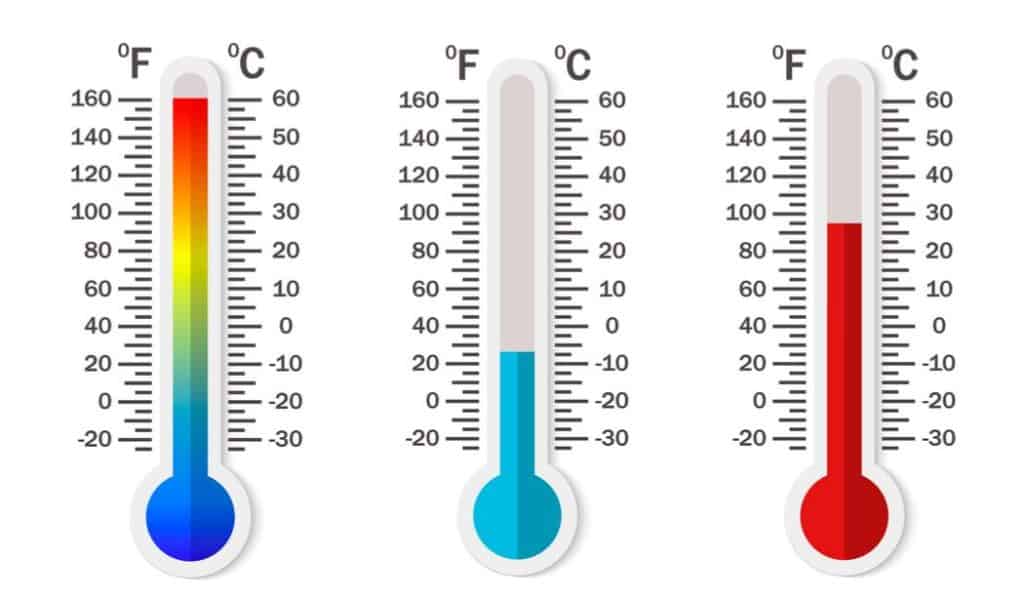The Galen temperature scale, named after the influential Roman physician Galen, represents a fascinating chapter in the history of temperature measurement. This scale, which dates back to ancient times, offers a unique perspective on how early medical practitioners understood heat and its effects on the human body. While modern temperature scales like Celsius and Fahrenheit dominate today’s scientific landscape, the Galen temperature scale provides insight into the evolution of medical practices and the quest for understanding human physiology.
In ancient Rome, Galen was a pioneer in various fields of medicine, contributing significantly to the understanding of anatomy, physiology, and pharmacology. His works laid the foundation for medical sciences for centuries to come. The Galen temperature scale emerged from his observations of the human body and its responses to different thermal conditions. This scale not only reflects the medical knowledge of the time but also showcases the interplay between medicine and the natural world.
As we delve deeper into the Galen temperature scale, we will explore its historical context, its significance in the medical field, and how it compares to contemporary temperature measurement systems. Understanding this scale is crucial for appreciating the advancements in medicine and temperature measurement that have occurred over the centuries, ultimately leading us to the precise scientific methods we rely on today.
What is the Galen Temperature Scale?
The Galen temperature scale is a historical system used to measure temperature based on the human body's responses to heat. Galen categorized temperature into various degrees, each associated with different physiological states. His approach was more qualitative than quantitative, emphasizing the body's sensations rather than relying on numerical values. This scale was pivotal in the development of medical thermometry, influencing how physicians approached patient care.
How Did Galen Develop His Temperature Scale?
Galen developed his temperature scale through careful observation and experimentation. He noted how different temperatures affected the body, particularly in terms of health and illness. His work involved a blend of empirical observation and theoretical reasoning, allowing him to categorize temperature into various states, such as hot, cold, wet, and dry. These classifications were crucial for diagnosing conditions and determining appropriate treatments.
What Are the Key Features of the Galen Temperature Scale?
The Galen temperature scale is characterized by several distinctive features:
- Qualitative Measurements: Instead of precise numerical values, Galen focused on qualitative assessments of temperature.
- Physiological Responses: The scale was based on how the body reacted to different thermal conditions, influencing diagnosis and treatment decisions.
- Four Temperaments: Galen's medical theory included the concept of four temperaments—sanguine, choleric, melancholic, and phlegmatic—which were correlated with temperature.
- Influence on Later Systems: The Galen temperature scale laid the groundwork for later temperature measurement systems, including the development of thermometers.
Why is the Galen Temperature Scale Significant in Medical History?
The Galen temperature scale holds significant historical value for several reasons:
- Foundation of Medical Thermometry: It represents one of the earliest attempts to quantify temperature in relation to health.
- Influence on Medical Practices: Galen's observations guided physicians in diagnosing and treating illnesses based on temperature variations.
- Integration of Observation and Theory: His approach emphasized the importance of empirical observation in medicine, a principle that remains vital in modern healthcare.
- Connection to Holistic Medicine: The scale reflects a holistic understanding of the body, considering both physical and environmental factors in health.
How Does the Galen Temperature Scale Compare to Modern Scales?
In contrast to contemporary temperature scales like Celsius and Fahrenheit, the Galen temperature scale lacks precise numerical values. Modern scales are based on fixed points, such as the freezing and boiling points of water. However, the Galen temperature scale provides a more subjective understanding of temperature in relation to human experience. While the modern approaches prioritize accuracy and standardization, Galen's scale emphasizes the qualitative aspects of temperature, offering insights into the historical evolution of medical practices.
What Modern Applications Can Be Derived from the Galen Temperature Scale?
While the Galen temperature scale is largely obsolete in modern medical practice, its principles can still inform contemporary medicine. Some applications include:
- Holistic Approaches: Emphasizing the importance of understanding patients' experiences with temperature can enhance holistic treatment plans.
- Historical Perspectives: Studying historical temperature scales can provide context for current medical practices and the evolution of temperature measurement.
- Education and Training: Incorporating historical knowledge into medical education can enrich training for future healthcare professionals.
Conclusion: The Enduring Legacy of the Galen Temperature Scale
The Galen temperature scale remains a testament to the ingenuity of early medical practitioners. While it may not be in use today, its impact on the development of medical thermometry and its contribution to our understanding of human health cannot be understated. By examining the Galen temperature scale, we gain valuable insights into the evolution of medical practices and the historical context that shaped modern medicine.



